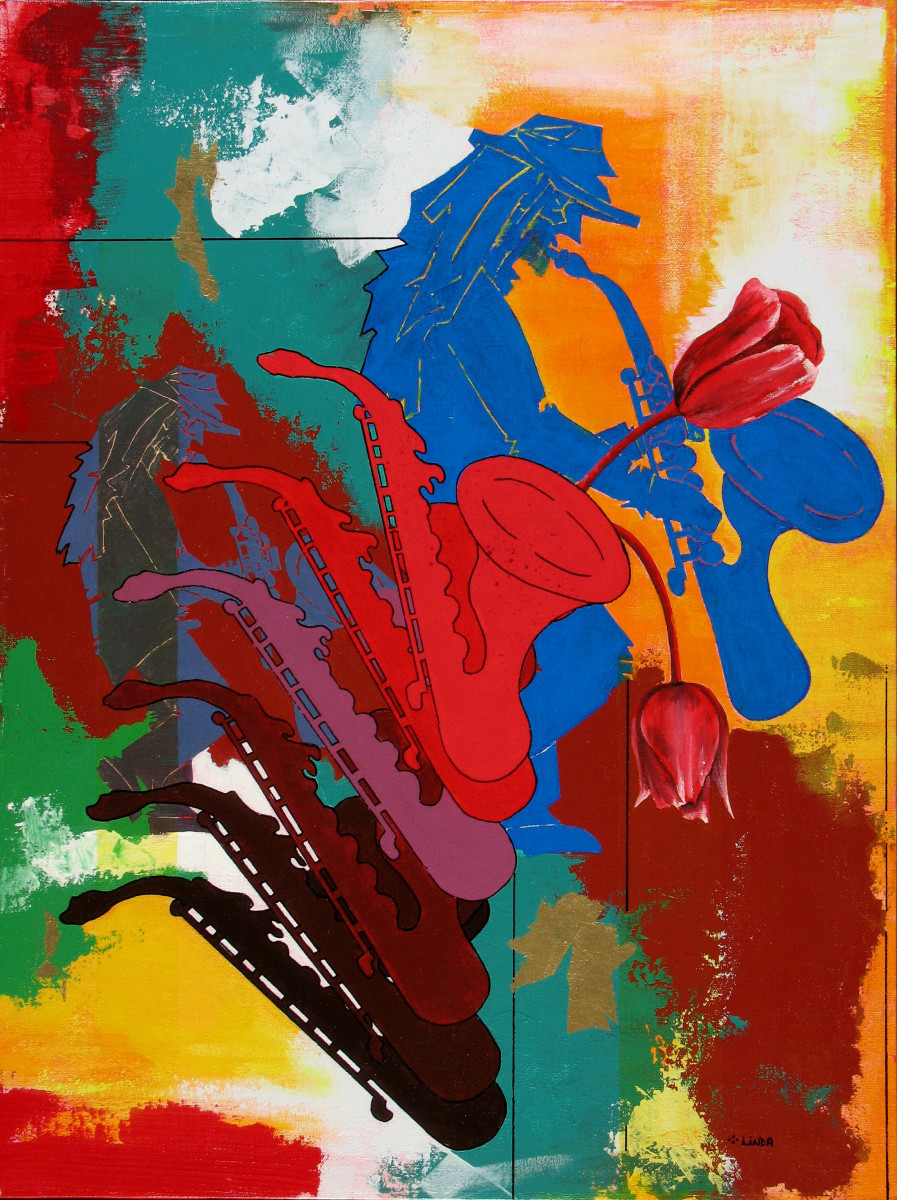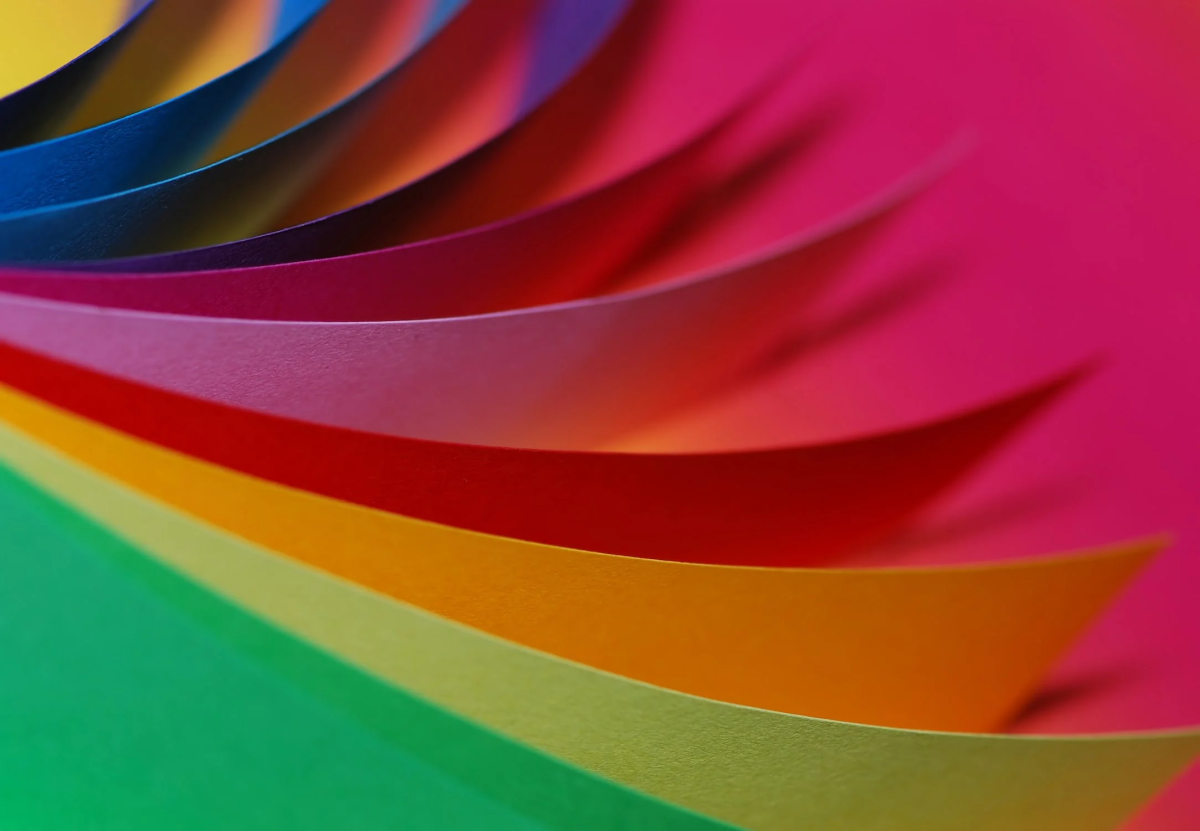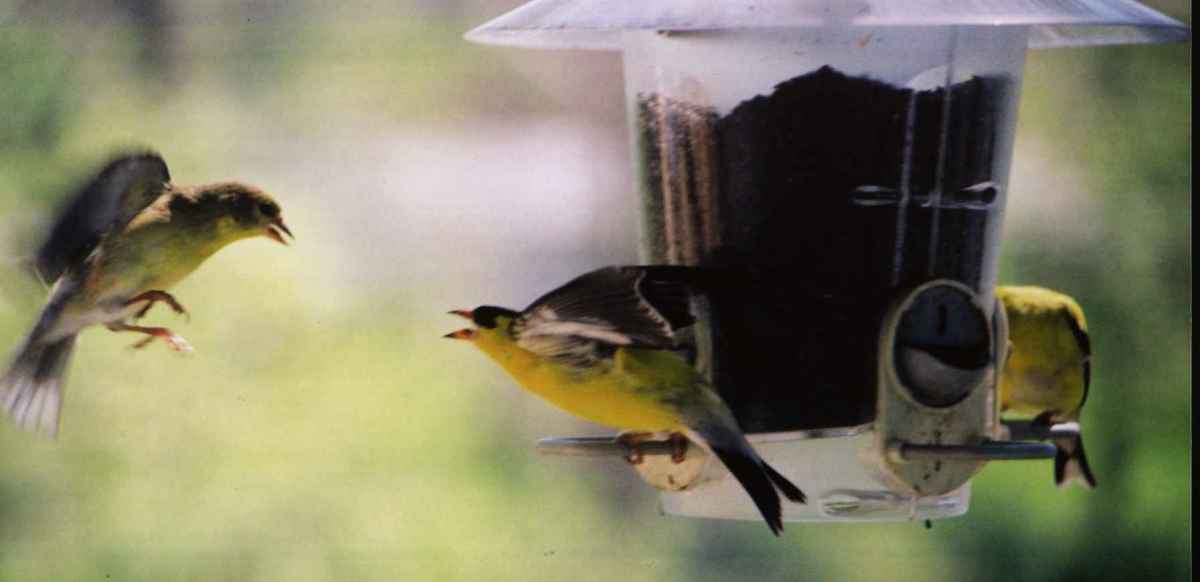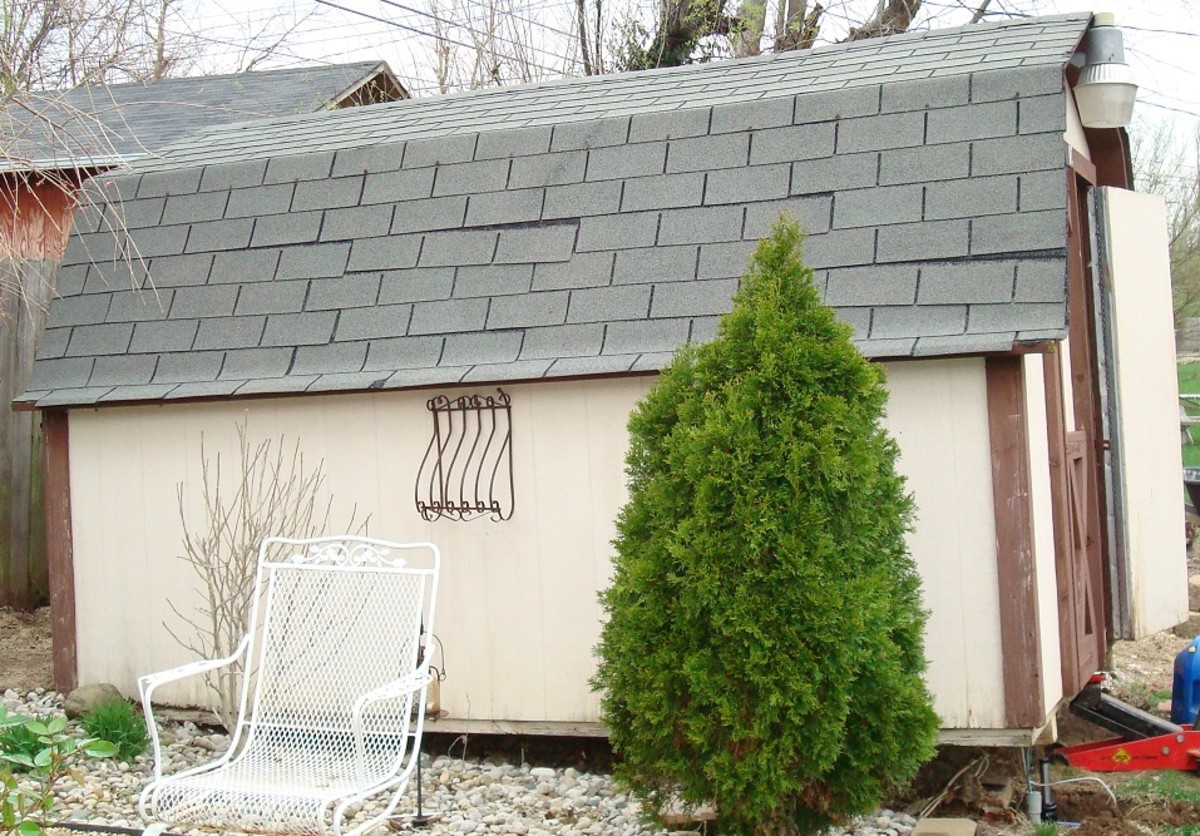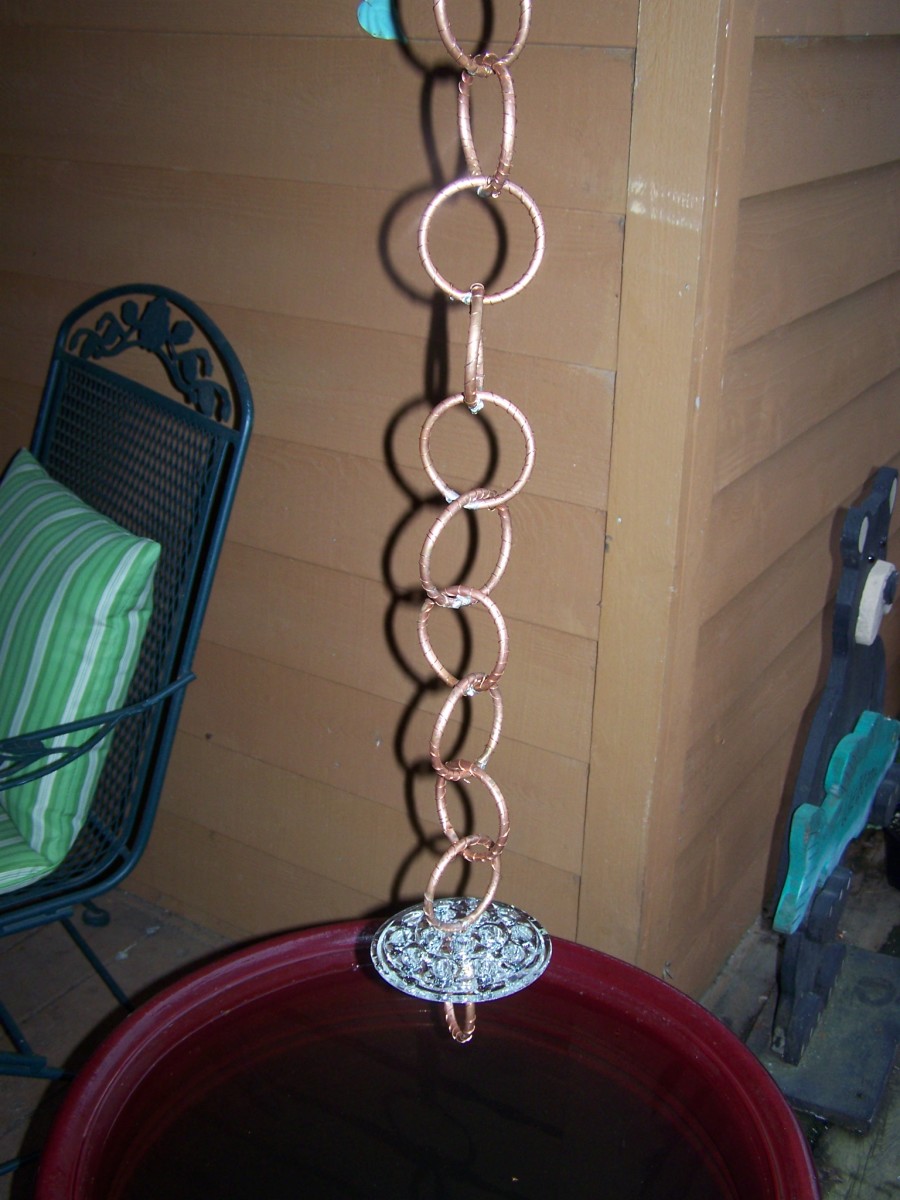Heat Up Your Garden With Reds
Colour and Contrast

Heat Up Your Garden
If you're looking for a way to perk up your boring yard, then think color.
Want to add zing and boldness? How about a garden themed with hot colors- dynamic, vibrant reds, bright oranges and sunny yellows?

Go for the Reds
Pure primary red sends out the message: "Stop! Look at me!", and this can work well in containers at the entrance to your house or yard. This pure clean red can be overpowering, so complement it with greenery or harmonize it with dark blue-violet shades. Pure red also works well with its hot harmonies of oranges and orange-yellows.
Choose Carefully
Reds come in many faces, and they don't all work well together. Cool reds contain some blue, and these reds look well paired with deep blues and violets, or the opposite color, yellow-green. Warm reds have a touch of yellow, and these are the most harmonic with warm yellows and oranges of similar intensity. Warm and cool reds, however are incompatible, and will clash if used together.
Early Spring Zing
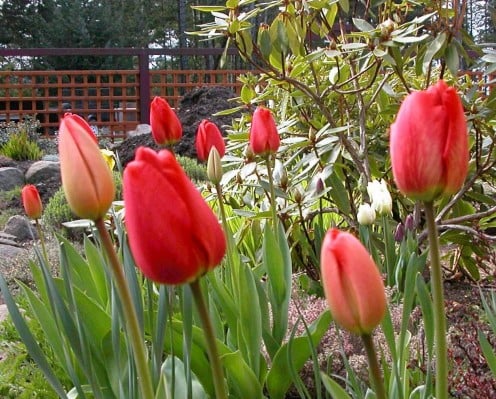
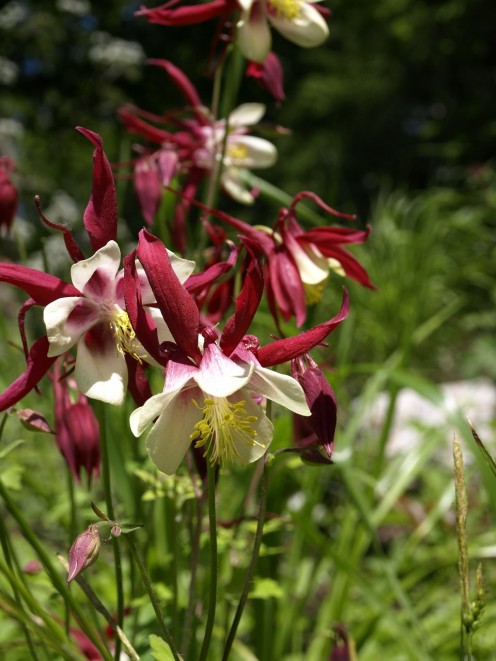
Spring Reds
For the first spring color, plant a bed or a container with rich red tulips, accented with some yellow or purple ones. Primulas are another early spring flower, and shades from pure white through yellows, hot pink, red and purples line nursery shelves, waiting to add color and zip to planters, window boxes and borders.
Columbines are another spring bloomer, in shades from white, through reds to deepest purple. The uniquely shaped blossoms rise above the dark green foliage, and will thrive in a garden with partial shade and moist soil.
Annuals for Vivid Colour



Colourful Annuals
Add color year round with annuals. Most annuals listed here require a sunny location, fertile soil and moisture.
Zinnias in a myriad of colours are wonderful planted alongside coleus with its dark red leaves. These summer bloomers are also great cut flowers.
Nasturtiums come in a variety of warm reds and oranges, and look outstanding if you've got a few yellow ones in the mix. The blooms demand attention in their nest of rich green leaves. Use trailing nasturtiums in planters.
Bright marigolds, with their red-orange will liven up any yard, and need some contrasting deep green foliage to set them off.
Add some sunflower seeds in a sunny back corner - the yellow, red or bronze blossoms with their brown centers will tower above everything, attracting bees.
Big Red - Sunflowers
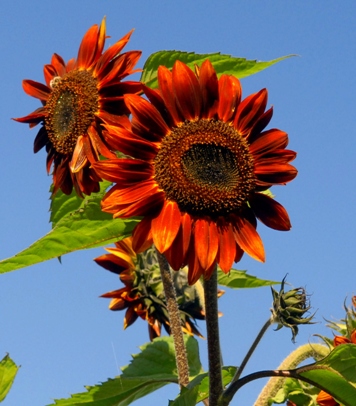
Perennial Choices
The choice of perennials with red or hot-colored blossoms is huge, and you'll need to consider your space, soil and light conditions in making these choices. Here are some of my favorites:
- Gaillardia are brightly colored daisy-like flowers, with a contrasting central eye. They are excellent for cutting, and very drought-tolerant. Colors vary from deep wine-red to red/yellow to solid yellow. Gaillardias bloom from mid-summer to late fall, and will self-seed.
- Peonies sport gorgeous blowsy, fragrant blossoms in late spring or early summer. These long lived perennials have lovely deep green foliage that looks good after the blossoms are gone. Hardy in zones 2 - 8, they require a sunny location and may require staking.
- Poppies are another favorite, especially oriental poppies with coarse hairy foliage contrasting with the silky blossoms. Whether scarlet orange or pink, their blooms with the dark eye are vivid and attention-getting, but short-lived. Plant in full sun in well-drained soil.
- Another favorite is Montbretia or Crocosomia. This fast-spreading plant has tall grass-like leaves and sprays of red to orange blooms, like miniature gladioli. The blooms appear in mid-summer and may continue through fall. Remove spent flowers, and allow the foliage to die back in the fall.
- Daylilies are another must, with grassy foliage, huge blossoms in golds, yellows, oranges, reds and violets. Hardy and care-free, these perennials need full sun. Although each blossom lasts just one day, the plants produce masses of buds that open over a long period of time.
- Monarda - its shaggy red blooms are a magnet for butterflies and hummingbirds. It requires a fertile, damp but well-drained location. The blossoms appear in late summer.
Perennial Favorites
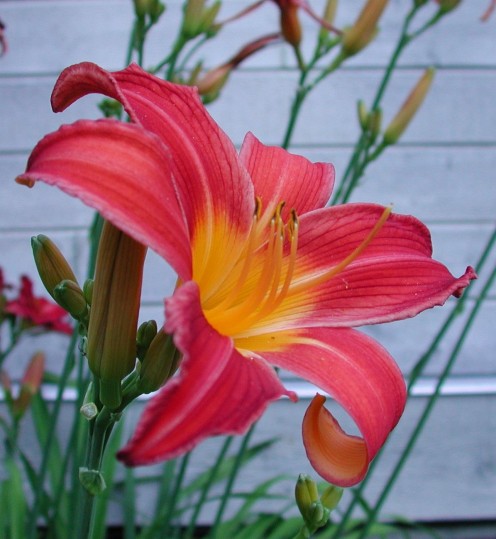
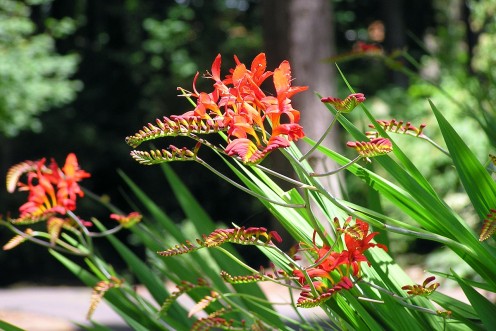

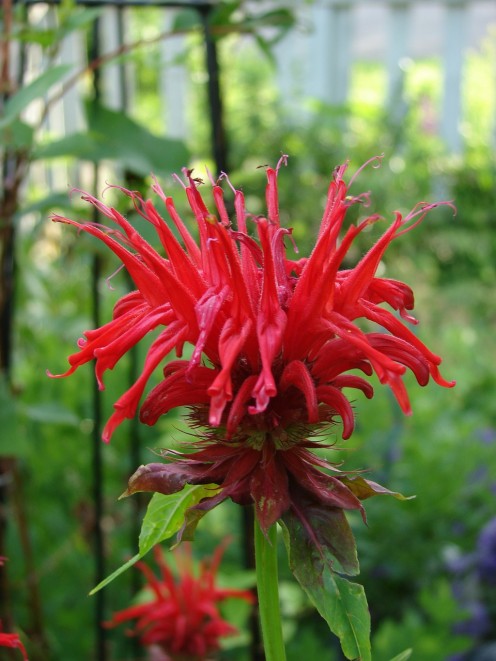

The Garden's Bones - Shrubs
For color and garden structure, year after year, shrubs are the answer. Some have foliage interest, while others rely on blooms. Choose ones which bloom at different times, such as early blooming rhodos (actually, you can find rhododendron varieties that bloom almost any time), and the many varieties of roses for summer color.
Shrubs with bronze or purplish foliage will also add interest and drama to your yard. The reddish purple tones of the smoke bush (Euphorbia cotinifolia) harmonize beautifully with other green shrubs. Ninebark and barberry are two more shrubs with red toned leaves, tending to a darker purplish maroon.
Several varieties of Japanese maples with red toned leaves or with leaves tending to the lighter vibrant greens will add interesting contrasts of both color and texture to the garden.
Shrubs for Warm Colour
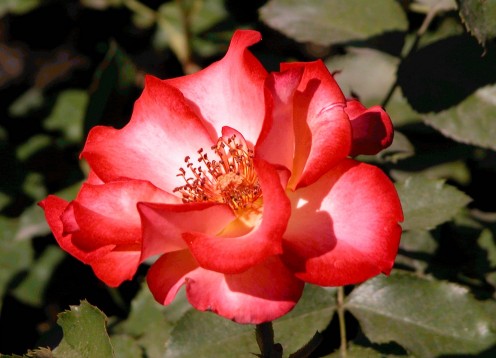
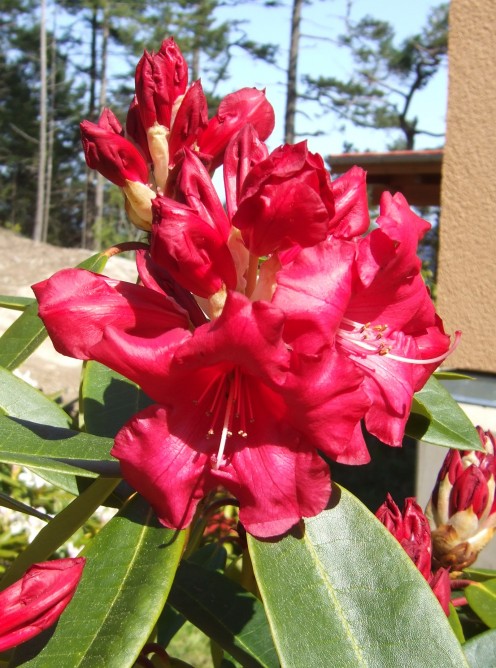
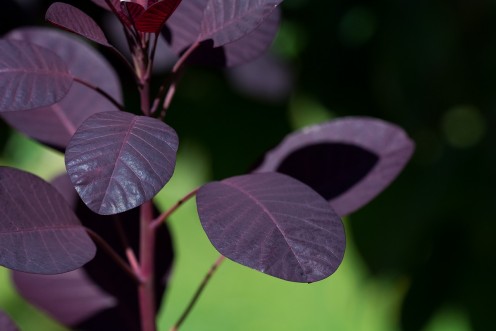
Berries and Fruits Add Fall Colour
As well as flowers and foliage, plants that have colourful berries and fruits will bring late-season zest to your yard. Hollies, crab apples, mountain ash, pyracantha and cotoneaster all sport fruits that can remain on the plants throughout the fall and winter. An added benefit to including these fruiting shrubs is the source of food they supply to birds throughout the fall and winter.
These larger plants will also add structure to your landscape. Hollies are suited as either specimen shrubs or can form a hedge. Mountain ash, with its pannicles of white blooms that precede the bunches of red fruits, is a pretty specimen tree. Pyracanthus can be trained up a wall or fence. Like mountain ash, it has pannicles of white blossoms and bunches of red berries that birds love.
Vibrant Autumn Color
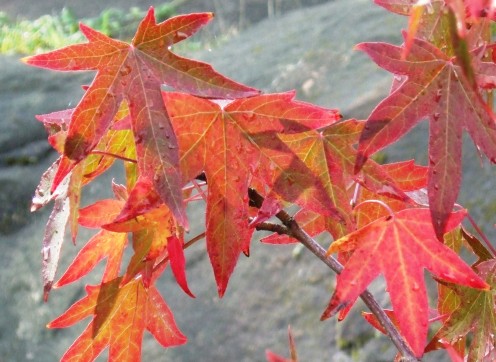

Colour All Season Long
© 2009 Nicolette Goff


